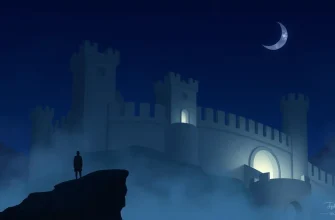The Colosseum, an enduring symbol of Rome's might and grandeur, has inspired countless stories on the silver screen. From epic battles to tales of love and betrayal, these films capture the essence of this monumental amphitheater. Whether you're a history buff, a fan of gladiatorial combat, or simply love the cinematic portrayal of ancient Rome, this curated list offers a journey through time, showcasing the Colosseum in all its cinematic glory.

Quo Vadis (1951)
Description: This epic film, set during the reign of Nero, includes scenes in the Colosseum where Christians are persecuted. The film's portrayal of the arena's cruelty and the grandeur of Rome is both dramatic and historically rich.
Fact: The film was nominated for eight Academy Awards, including Best Picture, and its depiction of the Colosseum was one of the most elaborate of its time.
 Watch Now
Watch Now 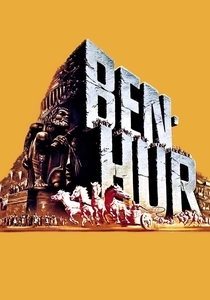
Ben-Hur (1959)
Description: Although not set in Rome, "Ben-Hur" includes a memorable chariot race scene that echoes the spirit of the Colosseum's gladiatorial contests. The film's grandeur and scale reflect the magnificence of Roman spectacles.
Fact: The chariot race was filmed in a specially constructed arena in Italy, not the Colosseum itself, but its influence is undeniable. The film won 11 Academy Awards, tying with "Titanic" and "The Lord of the Rings: The Return of the King."
 Watch Now
Watch Now 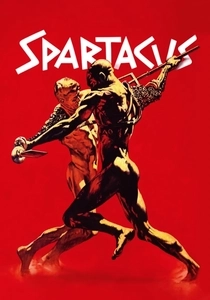
Spartacus (1960)
Description: Stanley Kubrick's "Spartacus" features scenes set in the Colosseum, where the titular character leads a slave revolt. The film's portrayal of the arena's games is both epic and poignant, capturing the struggle for freedom.
Fact: The film was one of the first to use the term "I am Spartacus" as a symbol of solidarity, which has since become a cultural reference. The Colosseum scenes were shot on a massive set in Spain.
 Watch Now
Watch Now 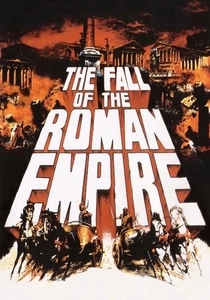
The Fall of the Roman Empire (1964)
Description: This epic historical drama, directed by Anthony Mann, showcases the Colosseum as a backdrop to the political intrigue and decline of Rome. The film's depiction of the arena's games is both grand and tragic.
Fact: The film was one of the most expensive ever made at the time, with a budget of $20 million, and it featured a massive set of the Colosseum, which was one of the largest ever built for a movie.
 Watch Now
Watch Now 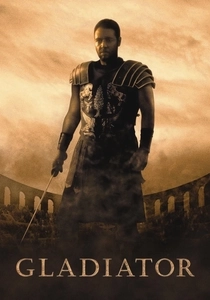
Gladiator (2000)
Description: Ridley Scott's masterpiece, "Gladiator," features the Colosseum as the stage for epic battles and the quest for vengeance. The film's portrayal of the arena's grandeur and the gladiatorial games is both thrilling and historically evocative.
Fact: The Colosseum scenes were filmed in Malta, where a full-scale replica of the Colosseum was constructed. Russell Crowe, who played Maximus, actually injured his leg during a stunt, adding authenticity to his character's battle scars.
 Watch Now
Watch Now 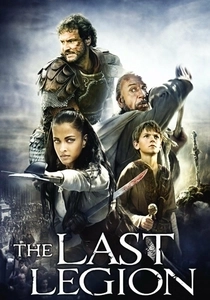
The Last Legion (2007)
Description: This film, while not directly about the Colosseum, features scenes of Roman military life and the decline of the Western Roman Empire, providing a backdrop to the arena's historical context.
Fact: The film was inspired by the legend of the last Roman legion, and its depiction of Rome's fall ties into the Colosseum's eventual abandonment.
 Watch Now
Watch Now 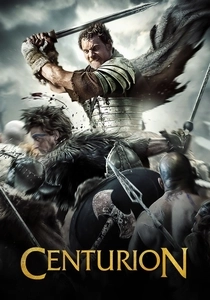
Centurion (2010)
Description: "Centurion" focuses on the Roman Ninth Legion, but its portrayal of Roman military life and the harsh realities of the time give insight into the world that built and revered the Colosseum.
Fact: The film was shot in Scotland, providing a rugged backdrop that contrasts with the grandeur of Rome and the Colosseum.
 Watch Now
Watch Now 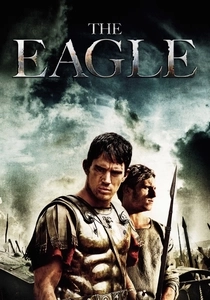
The Eagle (2011)
Description: While not directly about the Colosseum, "The Eagle" features scenes of Roman military life and the arena's influence on Roman culture. The film's depiction of Roman Britain provides context to the broader Roman world.
Fact: The film was based on the novel "The Eagle of the Ninth" by Rosemary Sutcliff, and it explores themes of honor, duty, and the legacy of Rome, which are all tied to the Colosseum's legacy.
 Watch Now
Watch Now 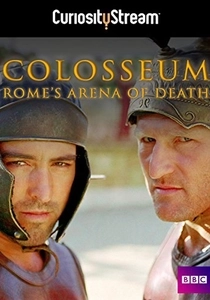
The Colosseum: Rome's Arena of Death (2003)
Description: This documentary delves into the history and construction of the Colosseum, exploring its role in Roman society and the brutal games held within. It's a must-watch for those fascinated by the real-life events that inspired many films.
Fact: The documentary features reenactments of gladiatorial combat, providing a visceral understanding of the Colosseum's purpose and the lives of those who fought there.
 30 Days Free
30 Days Free 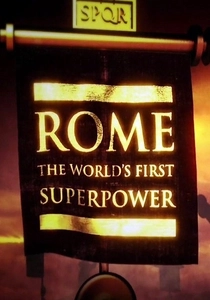
Rome: The World's First Superpower (2014)
Description: This documentary series explores the rise and fall of Rome, with the Colosseum featured prominently as a symbol of Roman power and entertainment. It provides a comprehensive look at the arena's role in Roman society.
Fact: The series uses CGI to recreate the Colosseum in its prime, offering viewers a vivid understanding of its scale and significance.
 30 Days Free
30 Days Free 







